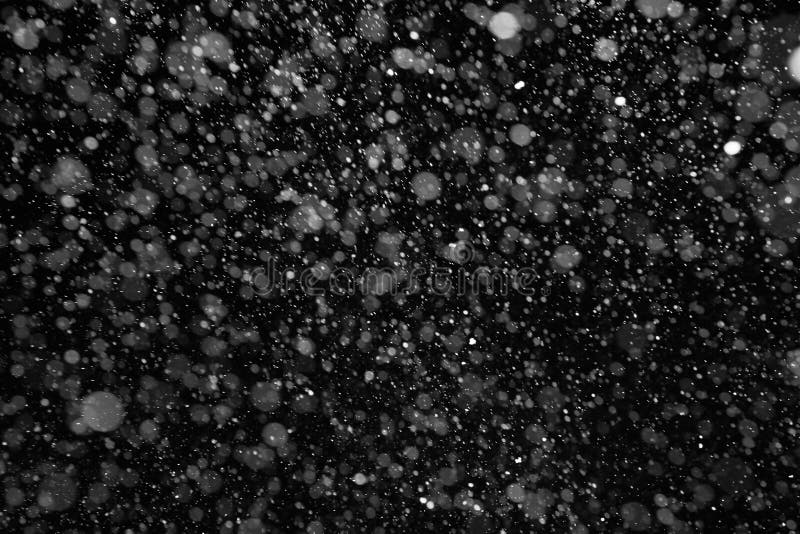
In this step, we will fill the newly added layer called Layer 1 with Black. Those using a snow overlay can jump straight to Step 6 (change the blend mode of the layer) after this. You will see that it will appear as a new layer in the Layers palette. Now drag and drop it onto your image in Photoshop. First, save the Overlay file on your computer and then double click on it to unzip it. If instead of a New Layer you are adding snow overlay, then follow these steps. Select the new layer and place it above the Background layer (which has your image). You can add a new layer by clicking on the New Layer icon (placed near the trash bin icon) present at the bottom of the Layers palette. The keyboard shortcut for it is SHIFT + CTRL + N. Go to Layer in the menu at the top and select New, click on Layer, and press OK. Image Courtesy of start the editing process, begin by adding a new blank layer.
#Snow overlay photo how to
How to Add a Realistic Falling Snow Effect in Photoshop 1. Note: These steps are only a starting point for creating snow in your images! We took each step to an extreme to show the possibilities but you can fine-tune as you go ahead to get the effect you want – from dramatic to subtle. With Photoshop as our tool of choice, in this tutorial, we will walk you through the steps of both how to apply a snow overlay and how to add the falling snow effect organically in your image. So if you are looking forward to recreating a realistic falling snow effect during post-production, we are here to help. However, photographing a stunning snowfall image comes with its fair share of challenges.


There is something magical about capturing the snow as it falls and turns an ordinary winter photo into a scene from a winter wonderland.


 0 kommentar(er)
0 kommentar(er)
